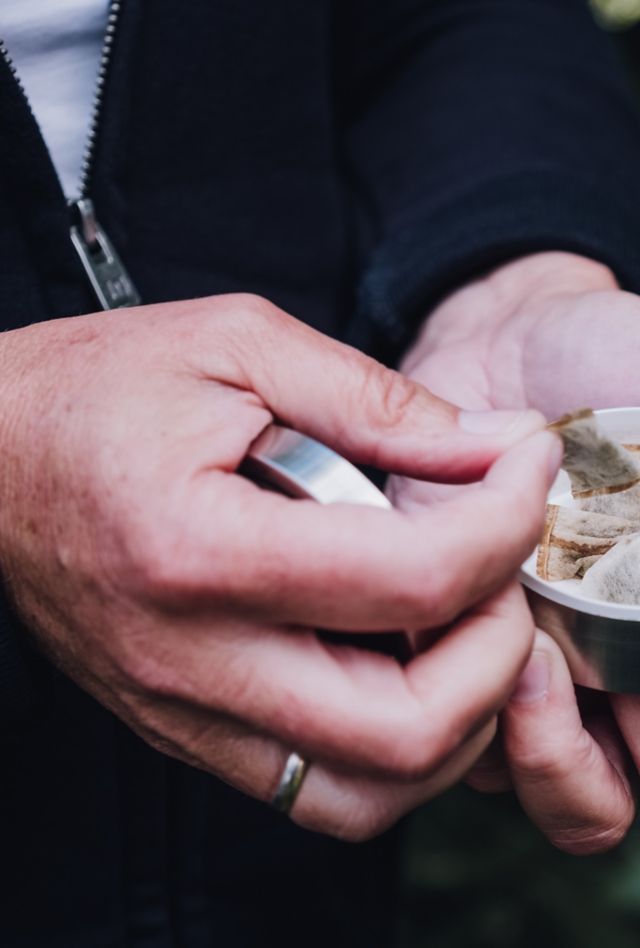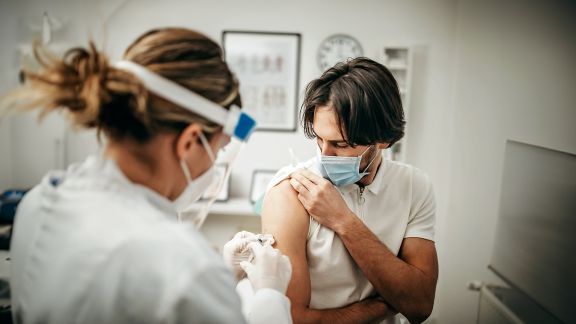Assessing the Effects of Smokeless Tobacco Influencer Marketing in the Rapidly Changing Media Environment

Problem
Marketing of smokeless tobacco and nicotine pouch products on social media is widespread and accessible to youth, yet the effects of such promotion are unknown.
Tobacco manufacturers and vendors use popular social networking sites to promote smokeless tobacco products to new users (i.e., youth). Social media marketing exacerbates persistent disparities in smokeless tobacco consumption among vulnerable youth and young adult populations (e.g., rural residents). Public misperceptions about lower harm products, coupled with misleading social media content, further worsen the issue. Lack of regulatory action against youth-targeted social media marketing of tobacco products compounds the problem further. There is thus an urgent need for comprehensive research to inform future regulatory measures.
Solution
NORC is filling the critical research gap.
This project, funded by the National Institutes of Health’s National Cancer Institute and the Food and Drug Administration’s Center for Tobacco Products, uses innovative approaches and machine learning methods to address this critical research gap by characterizing smokeless tobacco promotion on social media and modelling its effects on tobacco product use among youth and young adults. In collaboration with Truth Initiative, the NORC/SDC research team leveraged multiple datasets, including data from X/Twitter, Instagram, and Facebook, NielsenIQ retail scanner data on tobacco product sales, Kantar tobacco marketing expenditures data, and survey data on tobacco use from the Truth Longitudinal Cohort to examine the associations between the amount of social media messages and smokeless tobacco use and sales across regions and over time.
Result
We identified important emerging trends in smokeless tobacco marketing.
This study is the first to measure the amount and reach of social media posts that promote smokeless tobacco products and to characterize the sources and content of such messages. We observed a pivotal shift in social media promotion of smokeless tobacco, with novel nicotine product marketing overtaking the promotion of more established products, such as snus. A similar trend was observed in industry advertising expenditures, with the industry spending to promote newer nicotine pouch products surpassing conventional product ad expenditures.
In addition, our findings expose the alarming impact of social media tobacco advertising on smokeless tobacco use, revealing a significant association between the volume of tweets and smokeless sales (RR=1.14; p=.01). This research illustrates the utility of exogenous measures (e.g., tweet rates) in conceptualizing and assessing marketing exposure effects in the complex media environment and provides policy-relevant evidence for potential regulatory actions on restricting marketing for smokeless tobacco products.
Related Tags
Project Leads
-
Anna Kostygina
Principal Research ScientistPrincipal Investigator and Project Director -
Sherry Emery
DirectorCo-Investigator -
Yoonsang Kim
Principal Data ScientistCo-Investigator -
Dani Heide
Senior Research DirectorProject Manager -
Brandon Sepulvado
Senior Research MethodologistSenior Staff











